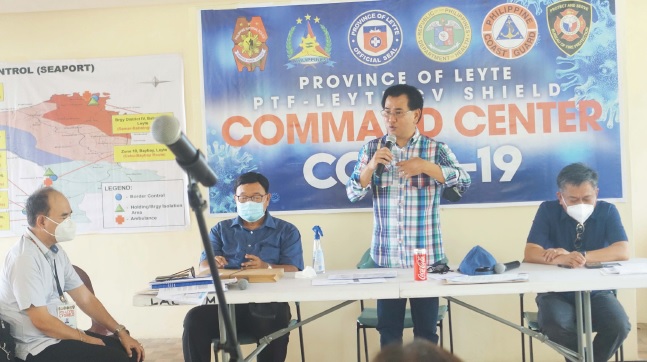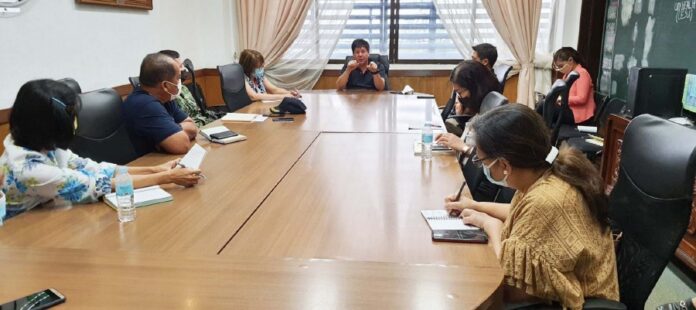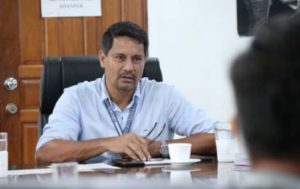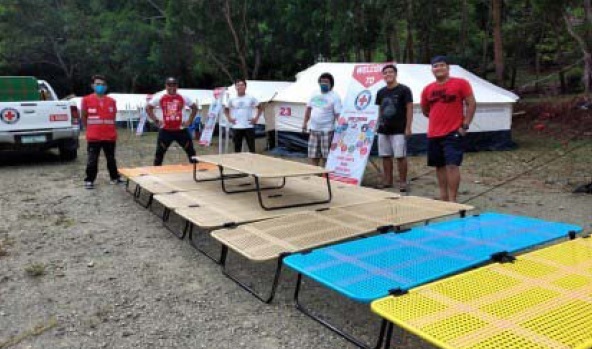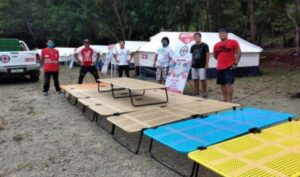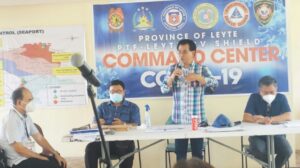
By: Restituto Cayubit
PALO, Leyte – Leyte Governor Leopoldo Dominico Petilla is encouraging Leyteños with flu-like symptoms to seek COVID-19 test.
Petilla said that those with flu-like symptoms should not be afraid and present themselves to the health units or facilities in their respective areas and seek help for the COVID-19 examinations to determine whether they are positive or negative of the deadly virus.
Governor Petilla explained that his office is pushing for COVID-19 examinations to test all residents in the province classified as suspected carriers of the coronavirus disease 2019 (COVID-19) virus.
He disclosed that his office is currently performing the rapid test and has already conducted the examinations (rapid tests) to around 1,500 individuals in the different towns in the province.
Petilla said that the local government officials are advised to subject anyone in their localities for a rapid testing who exhibits flu-like symptoms, regardless of age and travel history.
He added that the local officials should immediately inform their rural health units or city health office and request for rapid test or polymerase chain reaction (PCR) test.
Petilla told reporters that those individuals with flu-like may also seek help with the local health authorities for coordination with the provincial and district hospitals for the examinations.
He said that his province has 11 hospitals with the capacity to test suspected virus carriers.
These are the Leyte Provincial Hospital in Palo town, Abuyog District Hospital in Abuyog, Carigara District Hospital in Carigara, Ormoc District Hospital in Ormoc City, Western Leyte Hospital in Baybay City, Northwestern Leyte District Hospital in Calubian, Burauen District Hospital in Burauen, Hilongos District Hospital in Hilongos, Tabango District Hospital in Tabango and Municipal Health Office in Sta. Fe, Leyte, and Dr. Manuel B. Veloso Memorial Hospital in Palompon.
Leyte which was COVID-19 free in the middle of May has become the highest number of COVID-19 cases in the region.
As of June 18, the province has 159 COVID-19 confirmed cases.
Other five provinces in Eastern Visayas with confirmed COVID-19 cases are: Samar– 75; Southern Leyte – 33; Northern Samar – 7; Biliran – 4; Eastern Samar – 1.
On the other hand, Ormoc City has 42 confirmed COVID-19 cases while Tacloban City has 21.

